
Lovebirds Personata


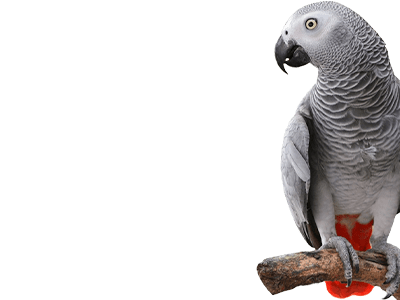

Lovebirds Personata
Name Dutch: lovebird personata
Scientific name: lovebird personatus
Origin: Africa
Age: 10-16 years (depending on how the bird is kept)
Height: 13-17 cm (depending on whether it is a show bird)
Birth: Egg laying (About 3 to 6 eggs per nest). These hatch after about 23 days.
Activity: Day active
Legislation: CITES B It is mandatory that the bird has a foot ring. Other legislation: Must be at least 55 days old before being allowed to leave their parents.
Climate: From a desert climate to a (sub)tropical climate.
Stay: A large cage or aviary with a loose java tree or playground.
Minimum size: Minimum dimensions 100x50x50cm. ''The bigger the better''.


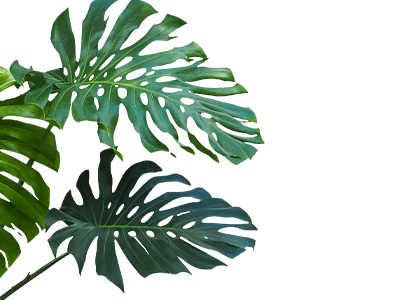
Description
The Agapornis Personata is a lovebird native to Africa. Other names for the Agapornis Personata are also: black-faced agapornis or black-faced lovebird. That the Agapornis personata is called black-faced (lovebird) is actually quite logical when you look at this beautiful bird.
As its name suggests, this bird is full of personality and passion, which is why it is also called ''Lovebird''. The Agapornis personata really does not like to sit alone. Putting two male Agapornis personata together or a couple (1 male and 1 female) Agapornis personata is generally no problem. On the other hand, we do not recommend putting two female Agapornis personata together. We often see that they can bicker quite a bit and sometimes even argue. Of course, every Agapornis personata has its own personality, so it is always necessary to check whether it clicks well, even if you put 2 males together. We often get the question ''how can I tell if it's a male or a female?''. This is a question that is not always easy to answer. Because male and female Agapornis personata look exactly the same.
The Agapornis personata can live for about 10-16 years. Unfortunately, sometimes they do not reach this age and sometimes we see outliers that are getting older. So keep in mind that the Agapornis Personata gets quite old.

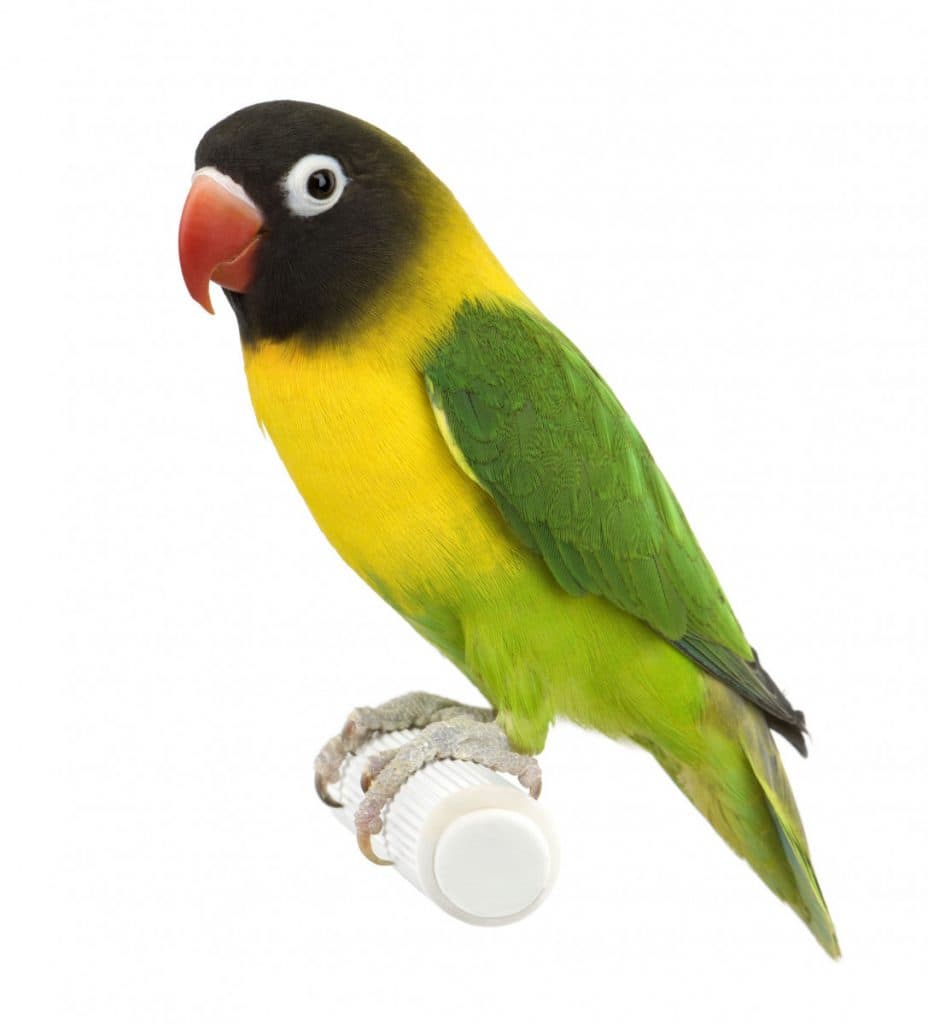
Difference between husband and wife
If there is someone who wants 100% certainty about the sex of an Agapornis personata, it is best to go to a vet. By examining a drop of blood or a (pulled out) feather, this can see whether it is a male or a female. There are also other methods that can give a rough estimate about the sex of an Agapornis personata, but with these methods no 100% certainty can be given.
The following method is only for the experienced bird worker and/or experienced Agapornis personata breeder. This method looks at the width of the leg bones. Because during the laying period the pelvis of a female is slightly wider than that of a male. This is because an egg must be able to pass through the pelvis during laying. The legs are therefore wider so that the egg can pass through. Sometimes this alone is not enough to determine the sex and behavior is also taken into account. Females are brighter than males.


Reproduction
If you have a couple of Agapornis personata and you plan to breed with them, our advice is to wait until the Agapornis personata is 1 year old. It is true that the Agapornis personata is officially sexually mature around 8 months, but often they are not ready for it at this age. When they are finally old enough and ready for a nest, the female will lay about 3 to 6 eggs at a time.
After about 23 days of incubation, the young hatch from the egg. The parents fully feed the young for 5 to 6 weeks. After that they will slowly start to feed less. The parents do this to ensure that the young become independent. They then have to look for food on their own. After 7 to 8 weeks, the young are ready to search and eat food independently. They don't really need the parents anymore.
There is also a law that states that the Agapornis personata may be removed from the parents after 55 days (''Animal Keepers' Decree'' 1 July 2014). Removing the Agapornis personata earlier than the aforementioned 55 days is therefore prohibited by law. This is a good thing because, in addition to feeding, the parents also teach the young how to become a ''good Agapornis personata''. In addition, it is true that since the age of 55 days the advice is to really remove the young from the parents, because the parents often have a tendency to become aggressive towards the young when they are independent.
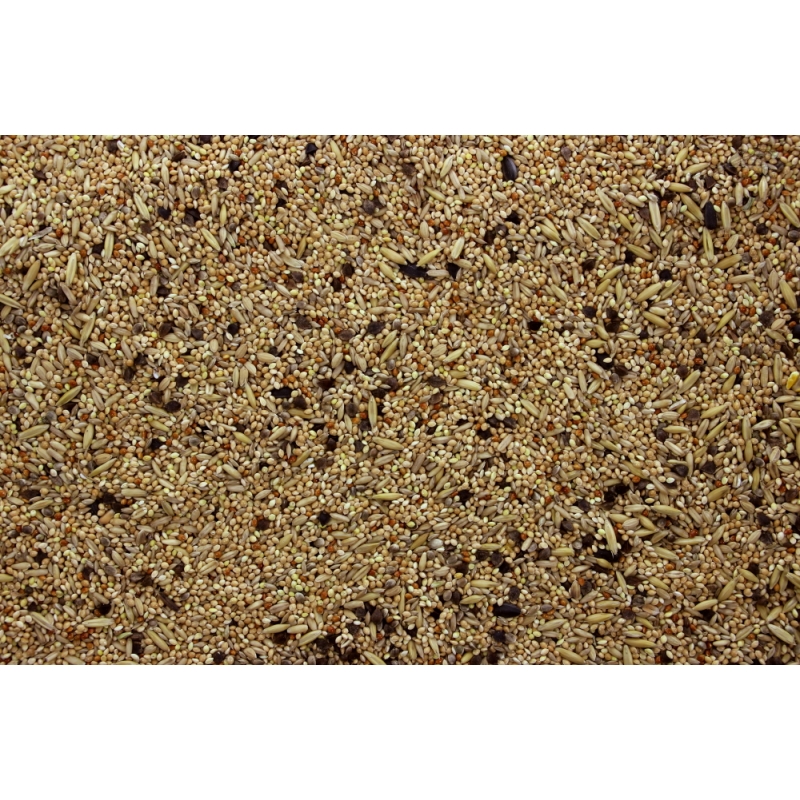
Nutrition
A well-composed menu is of course necessary for a healthy Agapornis Personata. The ideal combination would be (70%) Pellets and/or Nutri-Berries in combination with (30%) seeds, fruit, vegetables and nuts. Always provide stomach grit with a seed mixture.
Pellet food is ideal because every pellet has the same composition and therefore the bird cannot choose but also receives the same nutrients per pellet. When feeding seeds, make sure that they do not always "pick out" the same seeds, but that they do get enough.
You can also choose to feed (live) mealworms as snacks and to supplement the menu with millet sprays.


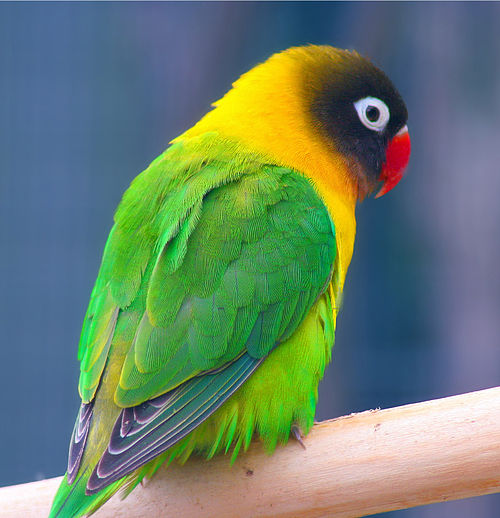
Behaviour
The Agapornis personata has a great personality and he can also show that at home. He can be very noisy. If kept in pairs, they can sometimes even scream at the entire neighborhood. Our advice is therefore also to keep the birds busy, this can be done by using scrap wood or cork. It also helps to use different kinds of educational toys and feeding games.
An Agapornis personata is a bird that can sometimes be a bit complicated for a novice bird keeper to tame. This is because, as its name implies, this bird has a big personality and can therefore be quite stubborn. But patience is (almost) always the solution. See if you can practice getting the Agapornis up. First, find out what your Agapornis really likes. You can then use this to seduce him and get him to leave. It is also our advice to repeat this trick daily, which will ensure that the bird becomes less afraid and will slowly start to trust you.


Together or alone
An Agapornis Personata is a social bird, just like all other lovebirds. That means he really needs a buddy to be happy. They are not called "lovebirds" for nothing, because they like to be just the two of them. They are smart and intelligent birds that you really need to pay a lot of attention to. A buddy makes a difference against the loneliness.
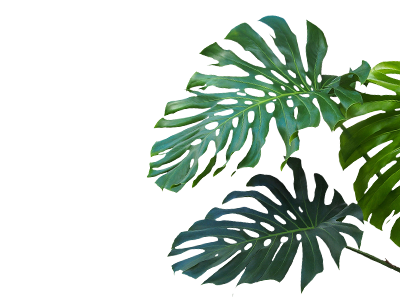
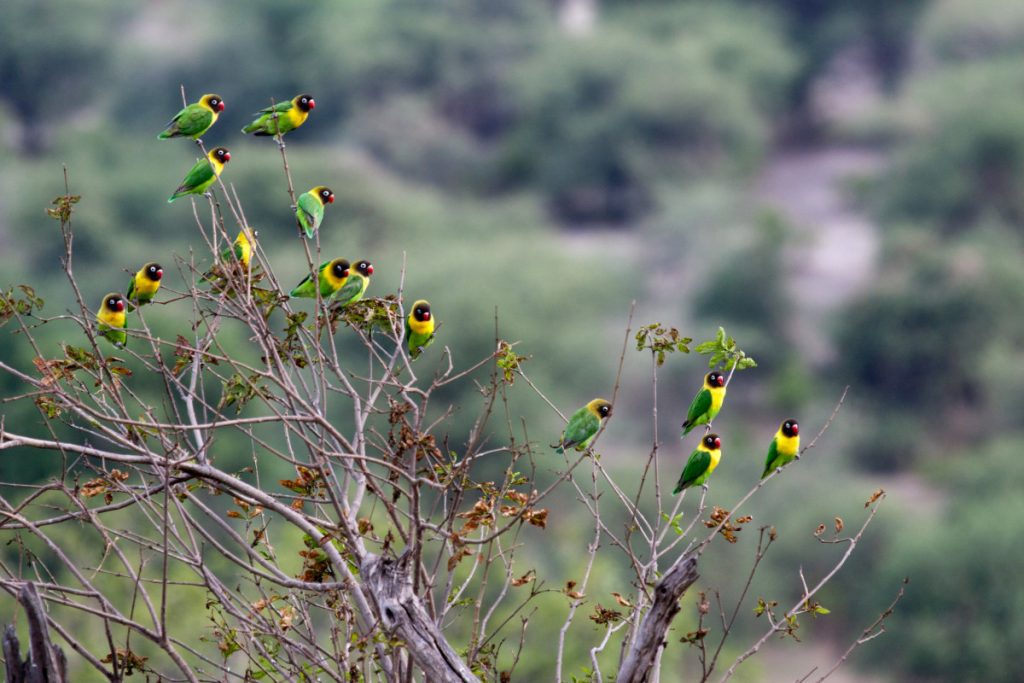
Caresheet
The Agapornis Personata needs a large cage or aviary with a loose java tree or playground, with two they obviously need more space. Make sure the cage is challenging and well-decorated. Demolition toys and foraging toys are a must to prevent boredom. It is also great to furnish the cage naturally with, for example, discovery bedding on the bottom of the cage and then mix it with moss and/or leaves. It makes the ground cover interesting for the lovebird.
It is important to take good perches for the nails and paws. Preferably natural perches, such as branches or cork perches. Wooden perches provide good grip and wear on the nails, different thicknesses are recommended. In addition, perches of different sizes and thicknesses ensure that the legs are properly trained and the birds get more grip.

Want to know more?
Have you become interested in the Agapornis personata? Would you like more information about the Agapornis? Or do you want to know if this bird suits you? Our bird workers are happy to help you! So come by soon to see what we have for sale. We always sell our birds with a guarantee. If there is something wrong, after this period you can of course always contact us!

